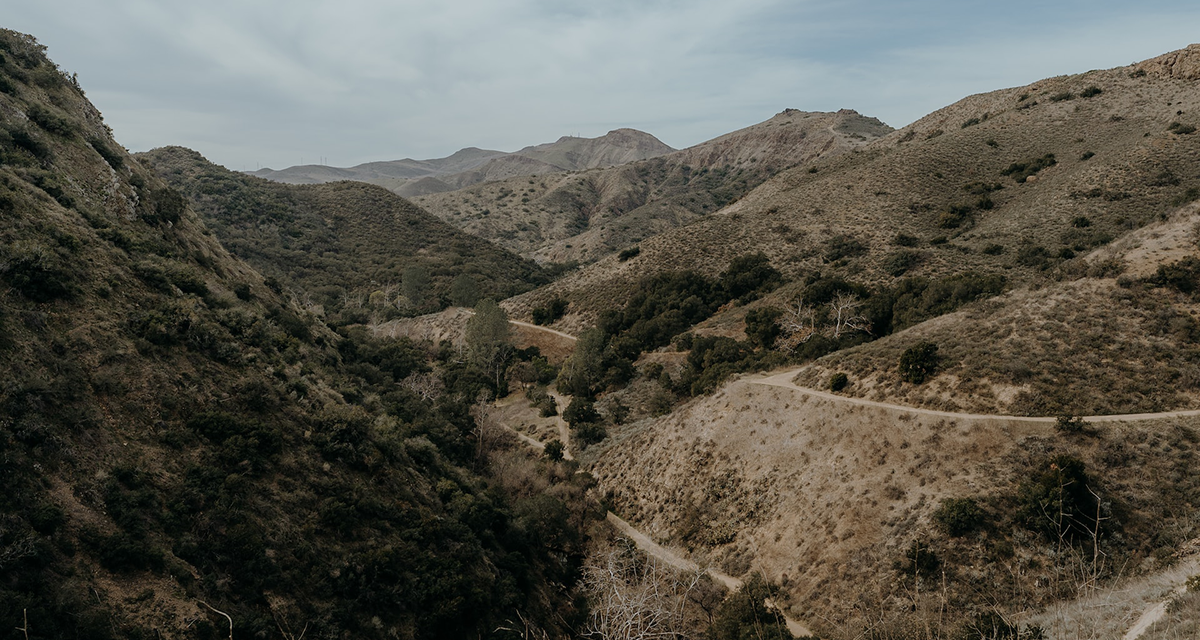Thousand Oaks is a beacon of natural beauty and historical richness in the golden state of California.
This city, enveloped by majestic oak trees and undulating hills, has a story that intertwines the ancient past with a dynamic present.
Here, we delve into the layers of time that have shaped Thousand Oaks into today’s flourishing city.
The Chumash Legacy
Long before the Spanish exploration, the Chumash people were the original stewards of the land.
Their profound understanding and respect for nature shaped a culture rich in traditions and artistry, evident in the cave paintings and artifacts found in the region.
The legacy of the Chumash in Thousand Oaks is a poignant reminder of the area’s sacred origins.
The Era of Spanish and Mexican Rule
The arrival of Spanish missionaries marked a new chapter in the region’s history.
The establishment of the Mission San Buenaventura transformed the landscape and way of life.
Later, large ranchos emerged during Mexican sovereignty, cultivating the land and setting the groundwork for agricultural prosperity.
The American Influence and Agricultural Flourishing
In the 19th century, American settlers brought new agricultural practices, converting the landscape into fertile farmland.
The area was renowned for its crops and livestock production, playing a vital role in feeding the growing population of Southern California.
The Mid-20th Century: Urban Development and Cityhood
Post-World War II saw a significant shift in Thousand Oaks.
The suburban sprawl reached the area, driven by an influx of veterans and the rise of the aerospace industry.
In 1964, Thousand Oaks was officially incorporated as a city, marking the start of rapid urban development while preserving its natural charm.
Modern Developments: Striking a Balance Between Nature and Growth
Today, Thousand Oaks is a harmonious blend of urban development and nature conservation.
The city’s commitment to preserving vast tracts of unspoiled nature provides a unique living experience, juxtaposing modern amenities with serene natural landscapes.
Its parks, open spaces, and extensive hiking trails testify to its dedication to environmental stewardship.
Thousand Oaks’ Cultural and Educational Landscape
The city is not just about picturesque landscapes but also boasts a rich cultural and educational scene.
The Thousand Oaks Civic Arts Plaza, a hub for arts and entertainment, regularly hosts Broadway shows, concerts, and cultural events, enriching the community’s cultural diet.
The presence of higher education institutions, like California Lutheran University, adds to the intellectual vibrancy of the city.
Q&A: Exploring the Depths of Thousand Oaks’ Heritage
Q: What significant historical sites in Thousand Oaks reflect its Native American roots?
A: Thousand Oaks is home to several significant sites, including the Chumash Indian Museum and ancient rock art sites in the Santa Monica Mountains. These provide insights into the rich cultural heritage of the area’s original inhabitants.
Q: How did the Conejo Valley’s transformation during the Mexican era influence the region’s development?
A: The Mexican era, characterized by the establishment of large ranchos, laid the foundation for the region’s agricultural development, shaping its economic and social landscapes.
Q: What role did Thousand Oaks play in Southern California’s post-war boom?
A: Thousand Oaks emerged as a sought-after suburban community, accommodating the housing needs of the post-war population boom and contributing to the region’s overall growth and development.
Q: In what ways does Thousand Oaks promote environmental conservation amidst urban growth?
A: The city has implemented strategic planning, including preserving open spaces, maintaining extensive parklands, and enforcing eco-friendly policies to ensure sustainable urban growth.
Q: How does Thousand Oaks’ cultural scene contribute to its community identity?
A: The city’s vibrant cultural scene, including performing arts, museums, and community festivals, fosters a strong community identity and enhances the quality of life for its residents.
Q: What future developments are anticipated for Thousand Oaks, and how will they shape the city?
A: Future developments in Thousand Oaks are expected to focus on sustainable urban planning, technological innovation, and expanding cultural and educational opportunities, further enhancing its status as a desirable place to live and work.
Thousand Oaks’ Continued Flourish
With its blend of historical depth and contemporary allure, Thousand Oaks continues to evolve gracefully.
As it faces the future, it holds onto the lessons from its rich past—balancing growth with sustainability and progress with preservation. This city, nestled in nature’s lap, invites everyone to experience its unique story, a uniquely Californian and universally inspiring narrative.
What new milestones will Thousand Oaks achieve as it continues to flourish in the heart of Southern California?





